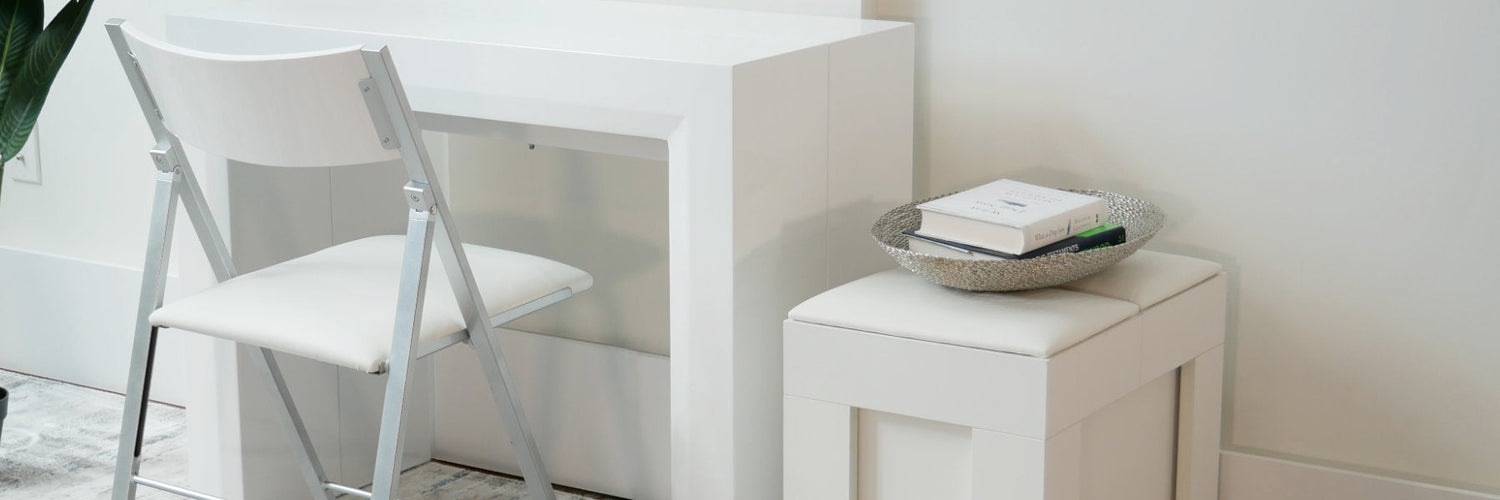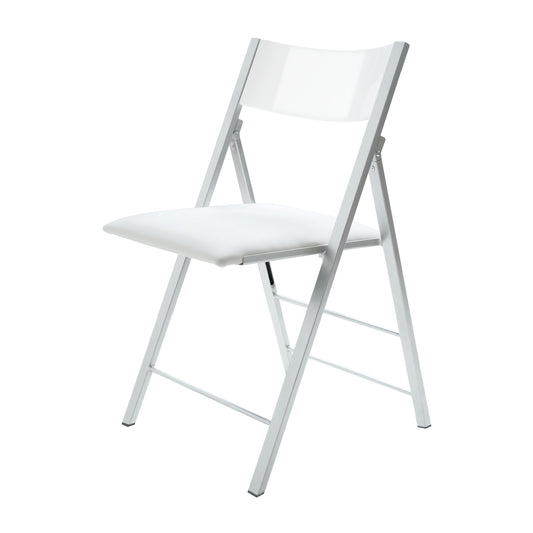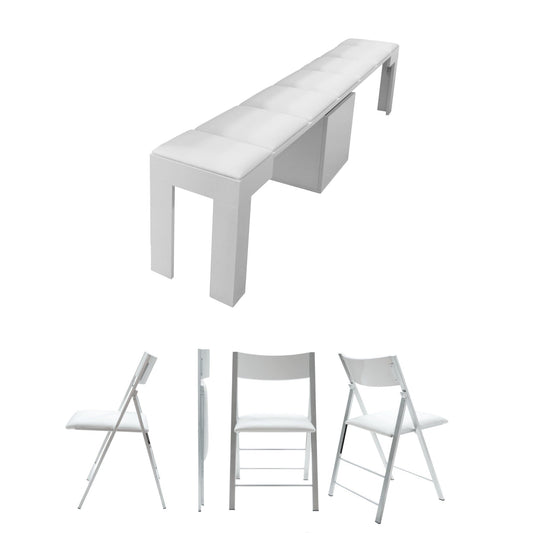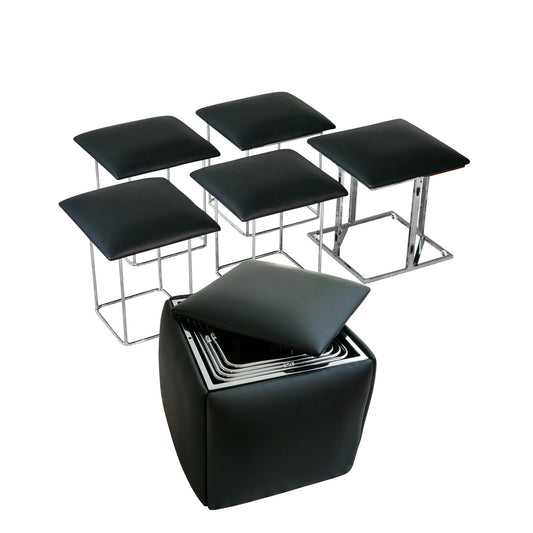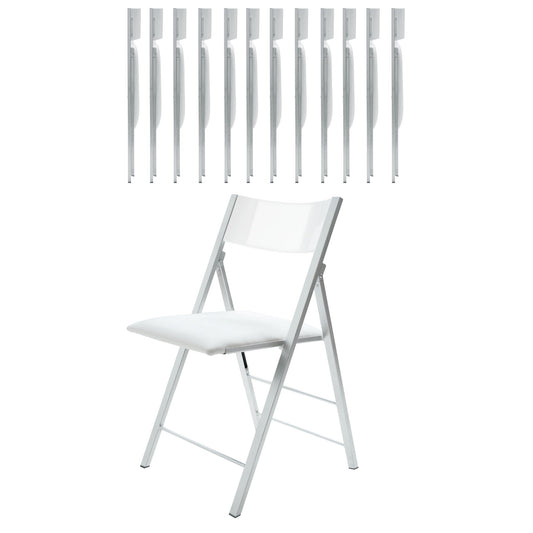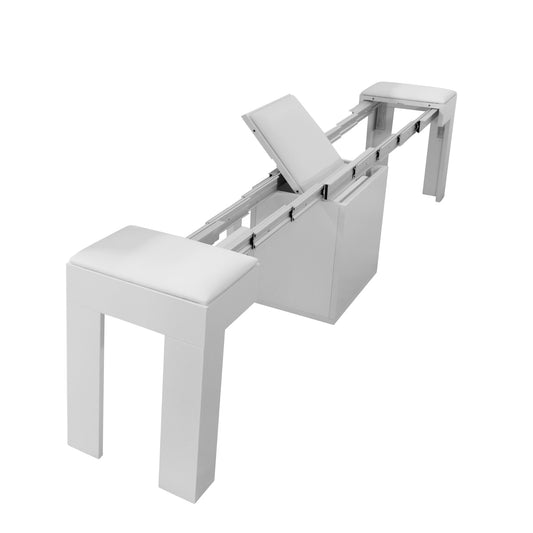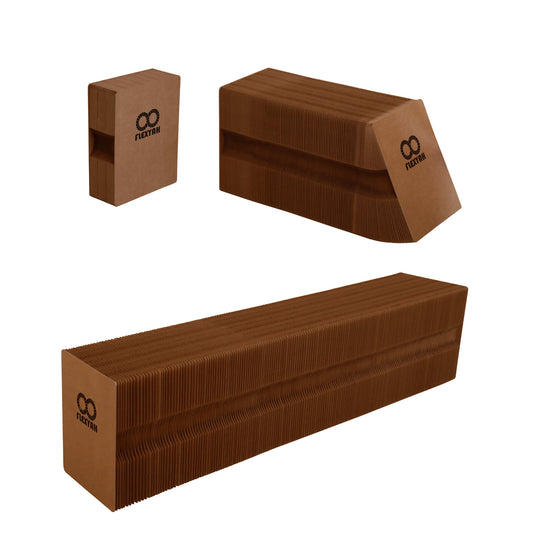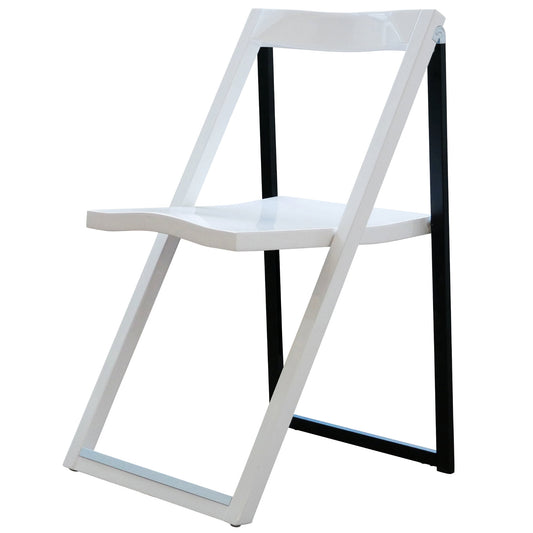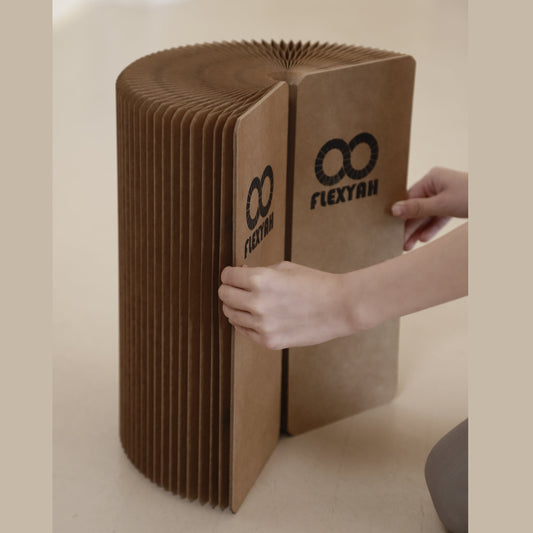Once your kids have moved out and no longer need their old bedroom, it’s time to claim the room as your own by creating office space that can double as a guest room. You’ll finally have a quiet place to work and concentrate, somewhere comforting for overnight and out-of-town guests, as well as an escape when you need it.
In five easy steps you can convert your kid’s bedroom into a cozy retreat for yourself every workday and have a place for when they come back to visit.
Step One: Declutter and Organize the Room
The first step to transforming a kids room is figuring out what they will want to keep now that they’re grown up and no longer live there. Go through the room together in person or with a video call and sort things into a few categories:
- Keep
- Donate
- Take to their new home
- Trash
Your child will know what has sentimental value to them still, have an idea of things they may want to pass onto their children, and what can be donated or thrown out. This helps prevent any feelings that they’re being kicked out.
Now it's time to sort and distribute. Clear plastic containers and space-saver bags are great for books, clothes, and mementos as you can easily tell what is in them. When it comes time to find a book or piece of clothing, there is no opening a million containers trying to figure out what is where. They can also be stacked in a closet for simple storage or transported to their new home if they want them.
With the items cleared away, you now have space to choose which furniture to keep or toss. Furniture with splinters, cracks, or that look permanently tilted should go straight to the dumpster as they won’t be able to be passed down to your grandchildren. Not to mention they take up space in your attic or basement that could be used for other purposes.
Do keep anything with sentimental value or that will last for the next decade or two. As your kids begin having their own children they can use the same furniture they enjoyed when they were growing up while saving money.
Step Two: Choosing a New Coat a Paint
Now that you have cleared the room, it’s time to give it a facelift with a new coat of paint. Kids' rooms are normally painted bright colors, and hidden beneath posters are impromptu works of art. To start the transformation, paint the walls soft, natural colors.
Based on color theory, cool green and blue tones can create a calm environment perfect for rest and contemplation. Blue is also used in corporate office spaces to enhance productivity, making it perfect for a home office. Another option are pastel shades in lavender or pink promote relaxation during a frustrating workday. The added benefit here is they can help guests get a good night's sleep since the room is now multi-purpose.
Pro-tip: Avoid yellows as they can be stimulating and help with work, but that same stimulation may interrupt a proper night’s sleep.
Another color option is monochromatic color schemes in cool or pastel shades to create a sophisticated environment. This makes the perfect backdrop for when you need to take a video call.
Don’t forget to use painter's tape and drop cloths to protect your floors, outlets and fixtures! While repainting, you can also inspect the baseboards and give them a touchup to give the room a crisp finish.
One last thing to consider is the color of the ceiling if the room will also be a guest room as your guests will be staring up at it as they drift to sleep. The sleep foundation shares that blue is one of the best colors for bedroom are blue, green, and white. There have been studies on students and professionals like this one that showed similar results where colors like blue helped create a calm feeling and made it easier to focus.
Ceiling tiles that also offer acoustic dampening capabilities like these from Decorative Ceiling Tiles can aid your guests by reducing noise if the office is on the first floor of your home, or you could try Styrofoam ceiling tiles that provide a bit of noise cancelling and are easy to paint (make sure you use a water based paint so they don't get damaged) and match the style of your room.
Step Three: Changing the floors
Next, upgrade the flooring by removing any carpet. Carpets are used in kids' rooms as a protective measure, but they have likely collected a lot of dust and allergens and exceeded their lifespan of 5-15 years.
With the kids moved out, now is the time to install tile or wood floors that will last decades and are easy to clean. These types of flooring also allow you to wheel around in your new office chair without getting stuck in the carpet. The downside of wood and tile is they can get cold in the winter months. Avoid cold feet by adding a low-profile area rug you can regularly throw into the washer.
Step Four: Changing out Furniture
The next step is to switch to versatile furniture that increases your storage space and creates a sophisticated office and a cozy guest space. The extra storage space lets you put away your work-related documents and guest supplies like pillows and blankets.
If you painted the room in cool tones, break up the monochromatic palette with wood furniture. Wood furniture makes the room feel like a home, using biophilic design principals. Darker woods like walnut and cherry add sophistication and comfort, and lighter-grained wood like bamboo adds warmth and complements the cool tones.
Pro-Tip: Before installing any furniture, remember to map out all the outlets in the room. Try to arrange the furniture so no outlets are covered.
Combine the Guest and Office Furniture
One option is ditching the kids twin bed and upgrading to a queen wall bed that doubles as a desk. This keeps the bed out of the way when you use the room as an office. When you need a guest room, simply lower the wall bed and you’re set. The added bonus is an extra workspace if you want to keep your desk in order when guests are over. You can both use the office to get your work done.
Another option is to use a Murphy bed with a desk like our Compatto Rotating Office Murphy Bed with Desk to open up space as one side contains shelves for your awards, photos, and storage for your day-to-day needs, and the other side has a bed for when you have guests.
Office with a Sofa
To create a cozy office and guest space, try a murphy bed and sofa combo that can paired with a storage cabinet that doubles as a desk. The sofa creates an intimate collaborative space if clients visit your home and is a comfortable space to take breaks or field long work calls.
During the day, you can extend the desk out and at night the desk becomes disguised as a nightstand for guests to set water, glasses, or books on with your work equipment safely inside. This also frees up the room for guests to have a living space vs. maneuvering around a standalone desk.
Making the Office a Livable Space
Your office chair matters! Choose an ergonomic chair that provides proper back and neck support. Make sure when you’re seated your feet touch the ground. When the room is used as a guest room, it can be rolled to the side as extra seating.
Remember to include a cupboard like our Hover Side Shelving system or small side table so guests can put their things down if the closet space is full. Nothing is worse than being forced to put your phone on the floor to charge vs. having it in quick reach so you can check the time, a text, or catch up on social media. A side table also doubles as a safe space for your water or coffee, preventing accidental spills while working in your new office.
To further maximize your use of space, add shelving to the walls and a bookshelf to store office supplies and reduce clutter. Mounting your TV and then arranging the shelves around it can keep the walls from appearing too busy.
Pro-Tip: When adding shelves or mounting a TV, use a Stud Finder to ensure you screw them into studs and not drywall. If they’re not secured to a stud, the shelf or TV can quickly become overloaded and end up ripping out of the wall.
Finally, switch out any blinds for a curtain rod with blackout curtains that match your new rug or complement the walls. This will make the room more sophisticated while helping with temperature control in the winter and summer months.
Another option is a double curtain rod, which lets you keep the blackout curtains open and filter in natural light through a gauzy set during the day. Letting natural light in can help boost productivity and your mood while working, with the bonus of some privacy with the gauzy curtains. At night, your guests can close the blackout curtains for full privacy and avoid being woken up by the sun.
Step Five: Switching up the lighting
Once all your core furniture is arranged, it’s time to add the final touches by looking at how you light the space. Your kids' former room may currently have an airplane or technicolor device as a ceiling fan. Now is the time to choose something to your taste that matches the rest of the house!
Look for ceiling fans that can use energy-efficient bulbs, are quiet, and stay balanced even at higher speeds. You don’t want to be distracted at work or keep your guests up at night with a ceiling fan that is forever humming or swinging because it’s off balance.
Pro-Tip: Remember to measure how high your ceiling is and how low the ceiling fan is expected to hang to avoid buying a ceiling fan that you regularly bump your head into. Ceiling fans should be in the middle of the room and ideally 8-9 feet from the floor for optimal airflow, but 7 feet at minimum.
Another option to provide light to the entire room from above is installing recessed lighting with LED bulbs. These can be installed throughout the room to ensure it stays uniformly bright and keeps you focused during working hours. Most recessed lighting is controlled with a remote or dimmer, so guests who prefer not to sleep in total darkness can adjust the lighting to fit their needs.
If you don’t have ceiling lights, add a pair of floor lamps. Floor lamps have an advantage in that you can easily adjust them if you need to rearrange the room, and they usually don't take up much space.
Plug one of the floor lamps into an outlet connected to a light switch and place it near the door. This will create an easily accessible welcoming light for guests after a long day of socializing and for yourself if you need to do some nighttime overtime. At least one of the lamps should be near the desk so the work area is well-lit.
In addition a desk lamp can benefit you during work hours so your desk is well-lit with direct lighting, which helps reduce eye strain and assists in keeping you focused and awake during the workday. If you opt for the desk that becomes a cabinet, the desk lamp becomes your guest's nightstand lamp, which they can easily reach at night when they need light to navigate the room or find their phone.
Pro-Tip: If you’re undecided on how to light the space, take a nap on your new sofa or wall bed! Taking the space for a test run can help you determine what tweaks must be made to fill it with light best.
It can be an emotional time becoming an empty nester, and also a rewarding one. You finally get the home office you’ve wanted, and it can easily double as a guest room by following the five steps above.
